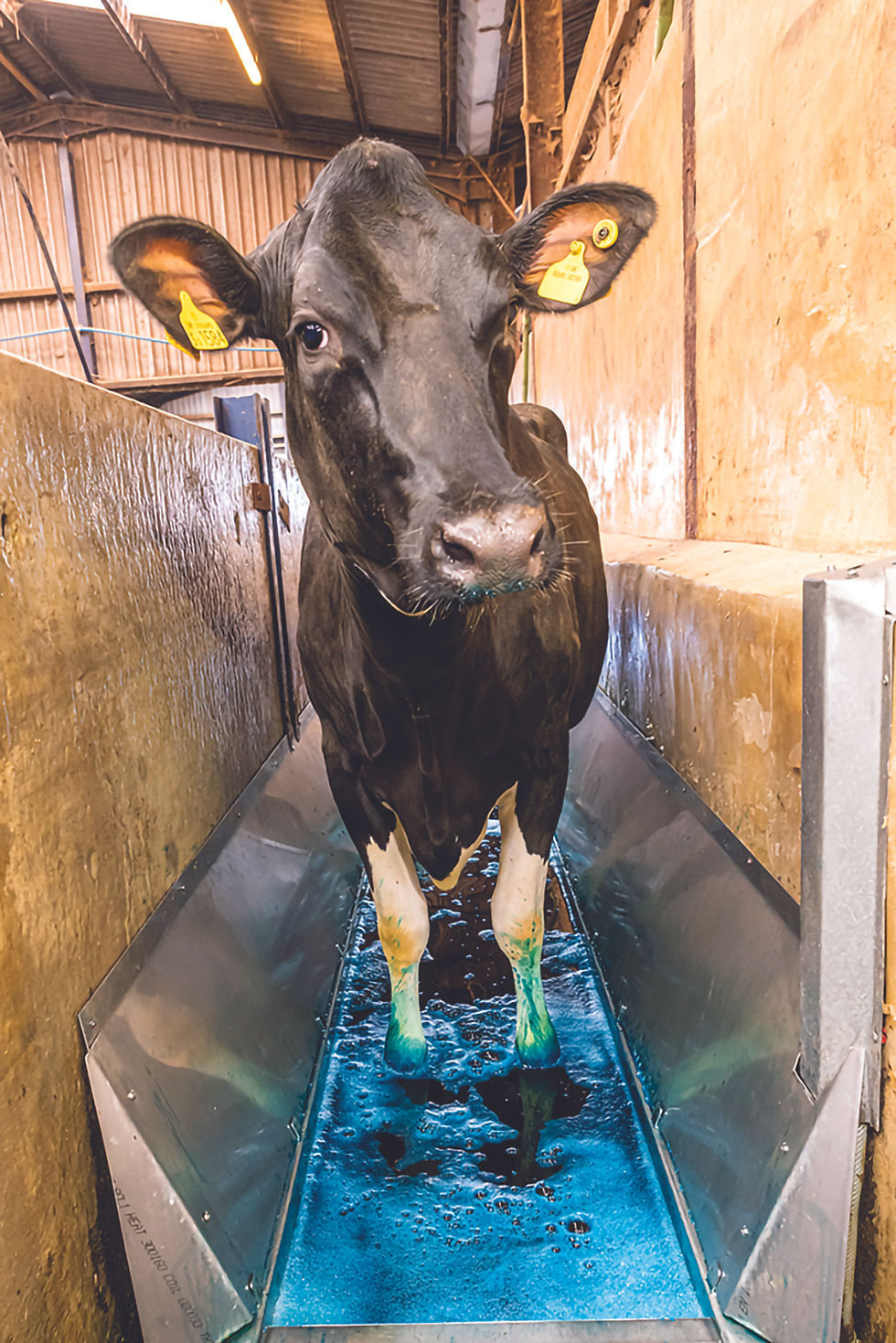Early planning will help improve cow mobility (Nov/Dec 24)
- CowManagement

- Nov 21, 2024
- 3 min read
Survey responses reveal the challenges faced when looking to improve and maintain hoof health, as well as myriad opportunities to prevent mobility issues. We share some more highlights from 2024’s Stride report.
TEXT PHIL EADES

Data from the first Stride UK dairy mobility survey highlighted the scale of the challenge facing producers when tackling hoof-health issues, as well as the potential opportunities to prevent and improve problems before heifers even enter the milking herd.
The survey, carried out in the spring of 2024, confirmed that lameness is still a major reason for cows to leave the herd, with 57% of respondents saying it was one of the top three reasons for culling and 3% saying it was the main reason. A further 32% said it was a secondary reason for culling alongside another issue. In these instances, had the cow not been prone to lameness it may have remained in the herd.
Rearing additional replacements and the loss of cows that would otherwise have remained in the herd mean that compromised mobility is clearly still a major cost to dairy businesses. Yet it is perhaps surprising that only 30% of survey respondents agreed that lameness is a significant issue with 39% saying it was ‘not very significant’ and 12% saying it was ‘not at all significant’.
When asked to rank the significance of lameness in in-calf heifers, 89% said it was either ‘not very significant’ or ‘not at all significant’ but this may be missing an opportunity to improve overall herd mobility.
Heifer care
Speaking at the launch of the survey results, Matt Dobbs, chair of the Stride technical board, emphasised that investing in looking after heifers’ feet as they develop will convert into long-term gains. He stressed producers must avoid heifers calving down with foot problems. “Because they are exposed to many of the factors that can result in mobility issues, there are advantages in managing their hoof health in the same ways as the rest of the herd.

“The survey highlighted that while cows are regularly footbathed, with 78% of respondents footbathing the milking herd more frequently than weekly, only 20% of in-calf heifers are footbathed as often, with 47% never footbathed,” he said. “Heifers are also less likely to be mobility scored.”
Invest time
Mr Dobbs urged producers to invest time in managing foot health in heifers more proactively, adding that regularly running them through a foot bath is one way to prepare them for entering the milking herd. While time was often highlighted as an issue when monitoring foot health in the milking herd, let alone heifers, he said that new technologies, such as mobility scoring cameras, would offer a way to automate processes and offer husbandry benefits including earlier intervention to prevent foot problems.
Breeding heifers predisposed to better foot health could be another way to achieve long-term mobility gains in future generations. The survey showed that only 32% of respondents always consider foot health when making breeding decisions for their herds, with 14% rarely or never considering mobility when selecting sires.
Only 29% of respondents were genomically testing heifers, which opens up the ability to make better breeding decisions. Legs and feet was the most commonly selected genomic trait, but locomotion and lameness advantage were also used.
Breeding benefits
Speaking at a series of Stride on-farm workshops this summer, Neogen’s Rob Horn told delegates that mobility can be improved by including Lameness Advantage within breeding objectives. “Selecting sires and breeding for legs and feet in isolation now has little impact on lameness prevalence,” he said. “But every 1% increase in Lameness Advantage reduces lameness prevalence by 1%.
Lameness Advantage combines type data for locomotion and feet and legs, bone-quality scores, digital dermatitis records, and direct lameness data from milk recording organisations. It is also incorporated in PLI.
Mr Horn added that genomic testing heifer calves to help improve mobility can form the foundations for better lameness prevention.
“Genomics will ‘open the window’ on the heifer-calf crop, identifying those most susceptible to foot-health issues and allowing producers to make better-informed breeding decisions.
“We know that high-PLI cows are less predisposed to lameness so it will pay to identify our best animals as soon as possible using an independent genomics test and then selecting the most appropriate sires from those available,” he added.
“As much as 80% of foot health problems are attributable to recurrent cases in the herd, so producers need to implement comprehensive prevention protocols to help avoid mobility issues becoming a chronic problem and this should start by breeding robust cows.”
What is Stride?

Stride is major new industry-wide initiative committed to helping producers to reduce the consequences of compromised mobility in their herds and improve productivity and reduce losses. Representing a broad range of companies involved in helping herds improve hoof health and mobility, the partners in the Stride initiative are Ceva, HerdVision, IVC Farm Vets, Neogen and Zinpro, and it is supported by CowManagement.



Comments